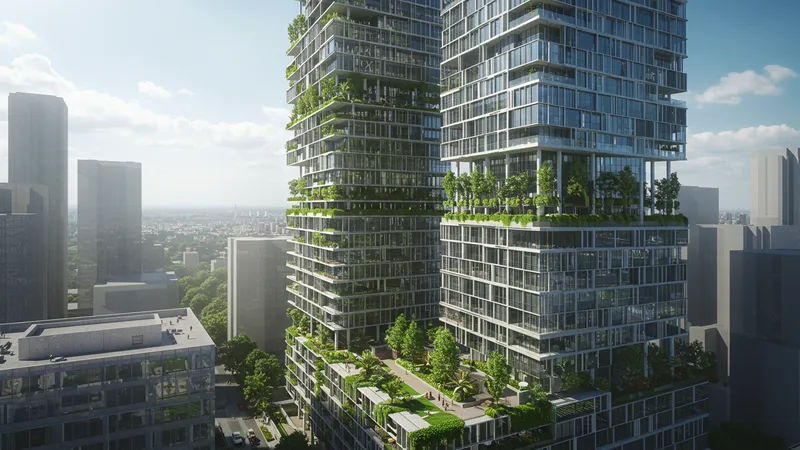
The Essential Guide To Air Conditioners: Cooling The Modern World
The Impact on Urban Development
Air conditioning has shaped, and will continue to shape, urban environments in profound ways. The rise of high-rise buildings and densely populated urban areas have cemented the importance of efficient cooling systems.

Architects and urban planners are increasingly considering passive cooling techniques that minimize energy use without sacrificing comfort. Green buildings incorporate design elements like strategic shading, natural ventilation, and heat-reflecting materials, aiming to reduce dependency on artificial cooling.
Meanwhile, cities are implementing regulations to improve building designs for energy efficiency. As awareness grows, urban planning is steering towards a future where cities can remain cool without compromising sustainability.
These changes are more than just trends—they represent a critical shift towards responsible development where air conditioning plays a key role in both maintaining comfort and managing ecological footprints.